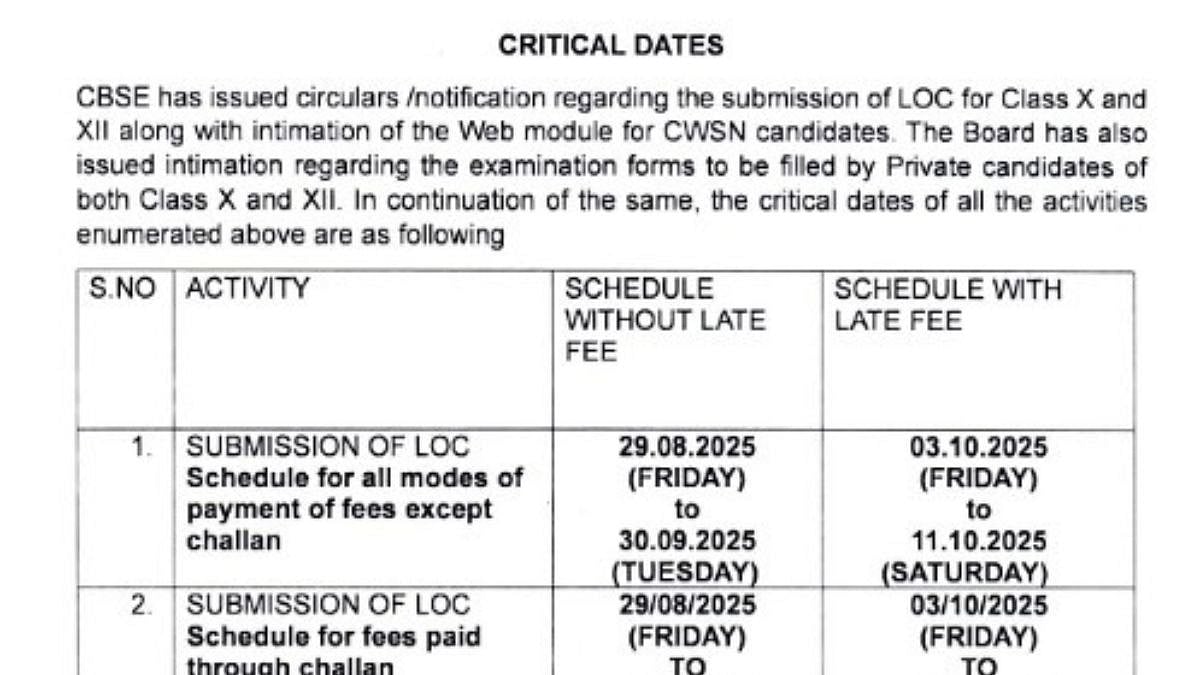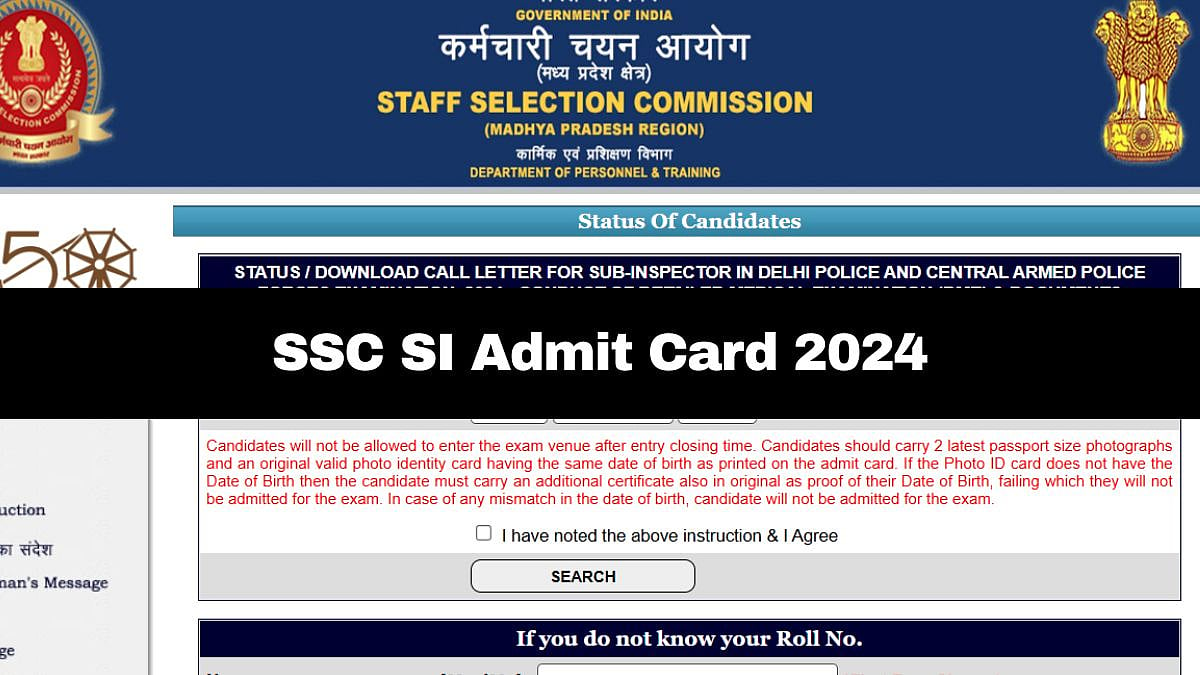An old Chinese saying – “Tell me and I will forget. Show me and I may remember. Involve me and I will care." The Model using the acronym "A-E-I-O-U" comes into play. (Acclimatize & Accommodate, Engage, Involve, Organize and Unite).
Organisation culture has a profound influence on change initiatives especially during Mergers and Acquisitions. Despite awareness about the importance of culture, most organizations tend to leave it to manage itself. The results of such an attitude is evident in the rate of success of any integration process.
Therefore, organisations should build an execution design with employee centric actions. It is not only the change but sustained adaptation that is the key. Bridging the gaps between the two organisations through a rigorous acclimatization and accommodation process is the first step which is being dealt with in this article.
The other processes of socialising and building an engaged workforce, involving employees and making their contributions matter and enabling a feel important mental state would be the softer aspects of the design which has to be planned and executed with empathy and compassion.
Employees should see the passion in the management's action and words. Once this is done meticulously, the harder aspects of the change process would be much easier to execute. Organising all processes, systems, rules etc. will not run into much headwinds. Once employees are part of the execution process, adoption of their own creation would be smooth.
This article deals with the A - Acclimatize & Accommodate. The first critical aspect of the integration process. How organizations get the employees from diverse culture, norms and practices together for the common goal without any compromise on the operational momentum of both the entities, while addressing and managing complexities.
While undertaking initiatives around integration and navigating the organization, we always account for the visible formal official things which are above the water. The written rules - policies, procedures, structures, strategy.
Compared with navigating a ship through open seas at night, navigating an organization through a change might seem a low-risk endeavour. However, if it fails the whole organization will have to go through a crisis. It is therefore essential to understand how the organizations work.
In depth understanding of the informal structure, unwritten rules, unannounced power centres, the informal approval processes etc. will avoid hidden dangers and determine the point of greatest leverage for successful implementation. A comprehensive approach should include the following:
All hands on the deck: An open session where the senior management from both entities address the employees and address the concerns. The main focus is to explain the reasons of the integration, what is in it for the business and customers, how would it impact the employees, the positive aspects of each of the entities, what could be improved and how. Well intended opening session articulated with the passion and empathy would be the driving force for setting the expectations and call for the involvement of employees.
Communicate, communicate, communicate: Designing a series of well-directed and intended communication should be the next phase. Each of the functional managers communicate their plans, strategies for execution and the teams who would be doing it. In this digitally evolved environment, availability of communication modes & tools, accurate, relevant and appropriate messages and information can be shared at a great speed and more formally.
Knowledge sharing & organisation learning: In a paper presented by professors from Ivy school of management, they proposed a framework of Organizational learning from Intuition to Institution. The 4 related -processes of Intuiting, interpreting, integrating and institutionalising occurring over 3 levels - individual, group and organisation can effectively capture the explicit and tacit knowledge. This model provides a perspective of how intuition of individuals can be transformed into organisational learning. managers from both the entities must devise method and execute them in order to tap the individual resources into organisational learning.
Voice of Employees: Employees who are the doers may have many excellent views and suggestions for improvement. Managers must give a platform where employees are free to communicate their ideas and suggestions. Their involvement in the process would be enhanced just like age old practice of “quality circles” – as mentioned in the factory’s act of 1942. Managers must treat all views with respect. Look at the merits and demerits and communicate back to the employees. This process would strongly enhance the involvement of employees thereby removing any hindrances and challenges that may come up in the way of integration.
In any organizational change process, employees from both the entities need to clearly understand and appreciate the reasons and the process to be followed. Employee experience is to be kept at the centre and the first stage of gaining confidence and commitment for an initiative like integration, is to consider who are the main participants.
Data Mining – hidden iceberg: Organizations need to mine for hidden icebergs, the core competencies that drive the organization, the demonstrated behaviours of the employees, informal comraderies / coteries, alignment with specific leaders / managers, the processes of getting things done through informal communication. Managers must design tools like pulse survey, focussed group discussion, step level meetings, team bonding events etc to understand the hidden patterns, norms, beliefs and mental models.
Acclimatization and Accommodation plays a significant role in the integration process and well designed, developed and implemented process would add value and greatly influence the acceleration process for a successful integration.











